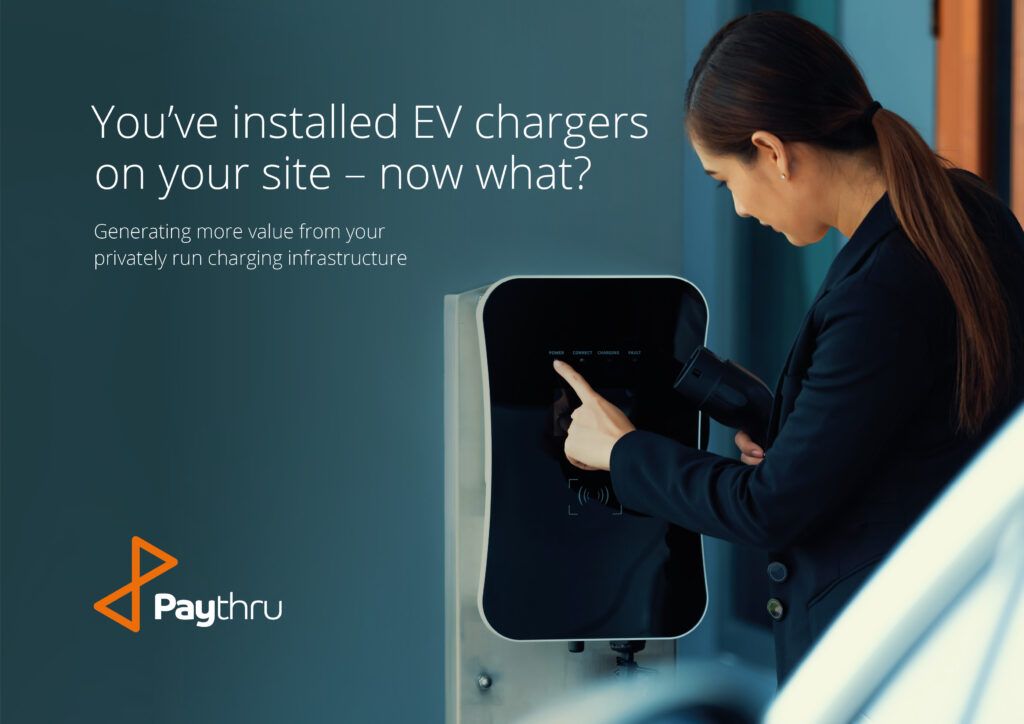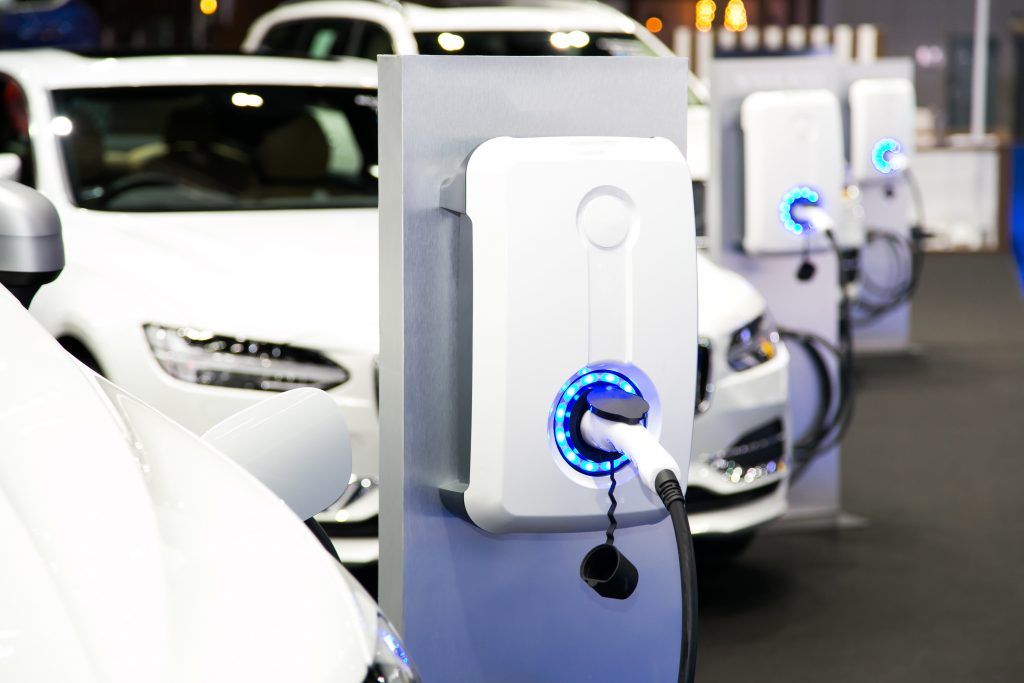A new report from electric vehicle (EV) payment specialist Paythru entitled ‘You’ve installed EV chargers on your site – now what?’ advises private operators of chargepoints on maximising utilisation, and revenue.
The report starts by noting that: “Much EV charging discussions concerns large public deployments. But those who operate private spaces – employers, blocks of flats, fleet hubs, train stations, supermarkets, and hotels – must also play a role in the transition.”
Building on a Savills report that found commercial landlords can make up to £4,000 per charging point per year, Paythru interviewed experts working at the coalface of charger installation and operation to identify how to make the most of private deployments.
The report identified six opportunities to maximise utilisation. Each is explored in more detail in the report, which can be viewed here, alongside practical advice.
- Make it easy for new users to pay.
Too many chargepoint deployments default to an app. A better approach is to carefully think through how the full range of users will engage with the chargers, then design payment options that suit them. That may be a combination of app, contactless, card, RFID key, or pre-booking – the more tailored the payment options, the higher the utilisation.
And for all options, offer users the option of an emailed receipt – the absence of which is a big turn-off for professional drivers.
2. Make it easy for long term users to pay.
Where there are regular users, such as in a hospital car park, schemes are needed where people have an identifier (a card or app) that can start the charge automatically and handle all payments seamlessly. This may include setting up multiple rates for different identifiers, eg fleets are charged back to the employer, employees are charged at cost, and visitors pay the market price.
3. Consider all the interested parties.
An EV charge often involves several parties, but the user wants a single transaction. For example, people rushing for trains may not buy a parking ticket, a train ticket, and an EV charge separately.
Setting up payment splits behind the scenes allows users to pay for any combination via the train company app or ticket machine. This is technically difficult to setup but makes things very simple once in use.
4. Maximise utilisation.
Most private chargers are designed for specific users who only need them some of the time, such as hotels at night, or offices during working hours. Filling quiet times mean chargers generate more revenue.
Other than putting them on roaming platforms such as Zapmap, operators can be creative, for example, a hotel chain could offer electric taxi drivers a mid-morning ‘charge and late breakfast’ package, when both parties are quiet.
5. Generating additional revenue streams
There are opportunities – through the use of clever digital platforms – to build services on top of charging transactions, such as loyalty programmes and personalised marketing. For example, a supermarket chargepoint provider could offer a discounted charge rate to loyal customers, or a retail centre car park could send a text or in-app notification with offers for local businesses.
6. Clear communications
A final challenge is communicating clearly. Too many chargers are underused because people find them too complicated. Chargers need clear signposting explaining fees (including any variable rates, overstay fees, and parking fees), and how to start and end the charge.
Sara Sloman, Chief Strategy Officer at Paythru, said: ““The core of most of the challenges in our report is that payments are often tied to a piece of physical infrastructure or a single company ecosystem.
“As soon as you bring in digital technologies to lift the payment away from the physical charger, and into a cloud that has been designed around openness and secure integration, you open a whole world of possibilities to redesign the user experience around the user.”
Paythru’s report conducted in depth interviews with Liz Allan, Managing Director, Full Circle, Continuous Improvement; John Gregory, Director, Ascent Energy Services, former Head of Project Department at ABM; and Charlotte Stowe, UK Marketing Manager, Zaptec, as well as drawing on ongoing industry and customer conversations by Paythru staff.
Image courtesy of Paythru.








